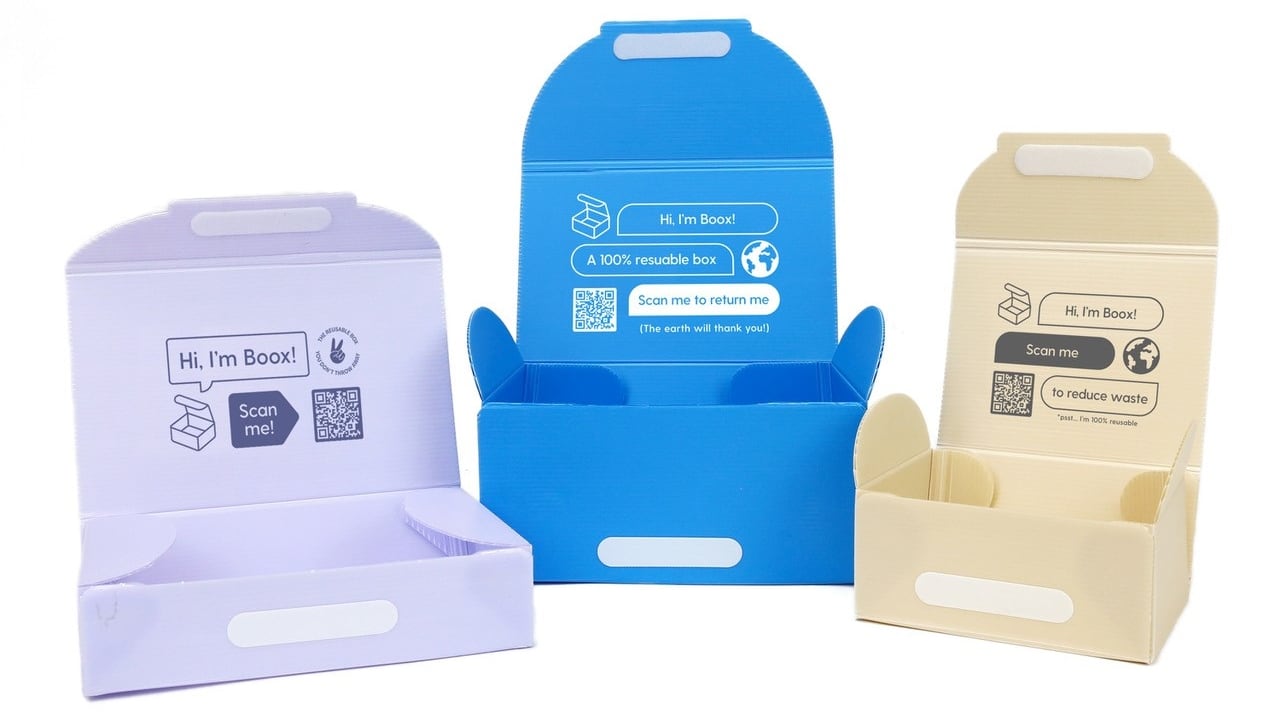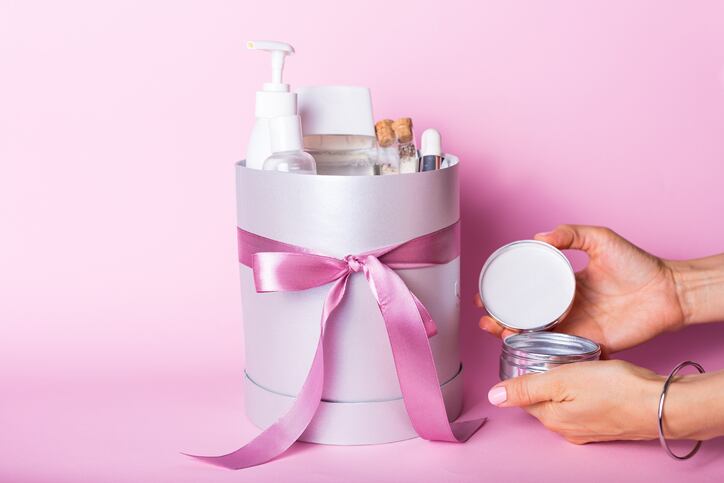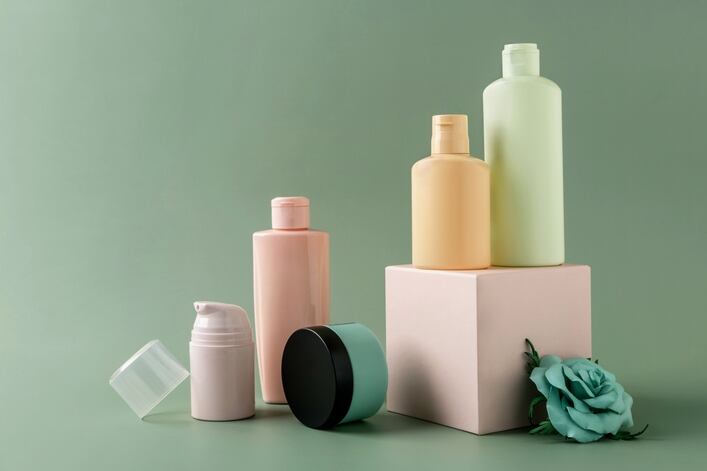CosmeticsDesign spoke with Boox CEO Matt Semmelhack about the reusable shipping packaging brand and what it means for the DTC world overall.
Tell me a little bit about what your product is.
What we offer is a full-service solution to direct-to-consumer eCommerce brands that helps them achieve zero waste shipping.
Our two physical products are called the Boox Box and the Boox Bag. The Boox Box is designed to replace single-use cardboard boxes and the Boox Bag is designed to replace single-use poly mailers.
We want to change the system, how people think about waste and where packaging goes after it gets used. What we're focused on is getting as many uses as possible out of our products over time.
The challenge is not the physical product, it's more about the system, infrastructure and logistics to get things back and efficiently reuse them.
We sell our clients the physical products and the services to collect them from the consumer, bring them back to our warehouse, refurbish them if necessary, and then get them back to our clients so they can be shipped again.
Tell me a little bit about the problem of shipping waste.
The number we usually point to is that there are something like 200 billion shipments direct-to-consumer annually around the world. That number has gone up exponentially year over year, but the infrastructure to deal with single-use waste that's created has not changed.
It used to be that you'd go to a store, buy something and it wouldn't come with a cardboard box and insulation and all this stuff. Now the consumer is expected to deal with that stuff.
E-commerce has evolved and it's become easy to order something to your door later that day. The infrastructure to deal with the waste that's in our homes hasn't caught up. You're still throwing things into a garbage can, recycling bin or compost.
There's exponentially more stuff coming to our door now than there was 25 years ago, just having a bigger garbage truck or recycling center is not really going to solve the problem, it's really a bandaid.
What have the beauty brands you work with told you about why they've decided to go down this reusable shipping route?
The existential threat of climate change is real, especially for younger consumers. They're actively choosing brands that can demonstrate that they're doing something to reduce waste.
If you're a digitally native brand, the first product interaction you have with that brand, after you've gone to the website and made a purchase, is this box that arrives on your doorstep. That is a really important brand touch point and engagement point with a brand.
If your packaging can immediately say “this is a reusable thing,” that's pretty powerful. It's not just your brand's own efforts to reduce the impact, but it’s something consumers don’t have to feel guilty about. That's extremely valuable for brand differentiation, loyalty and customer happiness.
Most of our clients are doing it because they legitimately got into this business to try and make it cleaner and reduce their impact. But if we also make them more money because their consumers are happier, that's a win-win.
If we can continue to demonstrate that this is good for the planet, makes your consumers happier, makes you money as a brand and improves the bottom line, there is an incentive to reduce waste and grow the business.
Aside from sales, how are you measuring success in the beauty personal care segment?
We mostly look at shipping volume, as opposed to just sales directly. We did about 100,000 shipments in 2021, which was the first year for beauty products. This year, we're on pace to do more than a million.
The kind of marquee recognition of name brands of our clients is going up as well. It's one thing to get a bunch of brands that just really care and have an ethos about sustainability. But when we work with a household name, a leader in the shipping of cosmetics, reusability turns into how it works now.
There'll be this huge inflection moment, not this year, maybe not next year, where it just becomes how everybody's doing this now.
What's the next step?
We're very excited about what else you can do with an empty Boox Box when you are going to return it. There are a lot of things you can put in that box. We're starting to experiment with a couple of brands by sending back reusable primary packaging for a refill program and glass, aluminum, or stainless steel bottles that can be reused. You can imagine a system where now all of the primary packaging, not just the exterior box, also becomes reusable.
Another step is geographic expansion. We operate in the US and UK today. And those are two pretty big markets, but Canada, the EU and Australia are probably next on the list.
What else do beauty professionals need to know about this concept in this product?
This is not some crazy premium service. The brands that are pioneers in this space are the ones that are going to win. If you're not already thinking about how you appeal to your consumers, visa vies sustainability, you're already kind of behind.
I don't want to say that in a negative way, but it has just become so clear when we look at the research. It is so clear that choosing now to be in this first wave of people engaging in reuse and circular economy, will become very critical because we believe it is the future.




